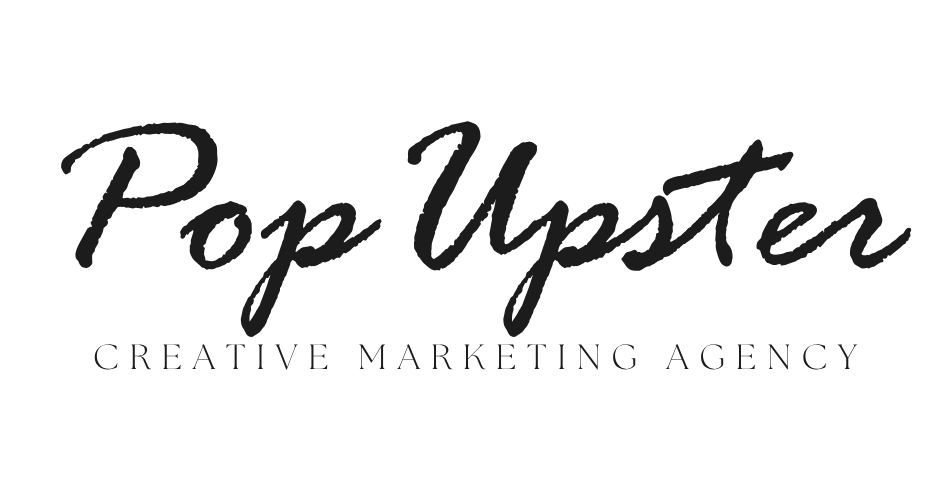In the rapidly evolving digital marketing landscape, paid advertising represents a powerful and dynamic strategy for businesses seeking targeted growth and immediate visibility. Pay-per-click (PPC) and media buying have transformed from experimental marketing techniques to sophisticated, data-driven approaches that can deliver exceptional return on investment when executed strategically. Modern marketers must understand the intricate nuances of these advertising methods to effectively reach their target audiences, drive conversions, and optimize marketing spend across multiple digital platforms.
Understanding PPC Fundamentals
Pay-per-click advertising is a digital marketing model where advertisers pay a fee each time their advertisement is clicked, essentially buying targeted website visits instead of earning them organically. Google Ads remains the most prominent PPC platform, allowing businesses to display advertisements in search engine results and across extensive display networks. Successful PPC campaigns require meticulous keyword research, compelling ad copy, and precise audience targeting. Advertisers must develop a comprehensive understanding of bid strategies, quality scores, and conversion tracking to maximize their advertising effectiveness.
Effective PPC management involves continuous optimization, including regular keyword refinement, ad creative testing, and performance analysis. Marketers should leverage advanced targeting options like demographic segmentation, geographic targeting, and device-specific campaigns to enhance their advertising precision. By implementing sophisticated tracking mechanisms and utilizing conversion-focused landing pages, businesses can transform click-based advertising into a measurable, high-performance marketing channel.
Advanced Media Buying Techniques
Media buying extends beyond traditional PPC platforms, encompassing a broad spectrum of digital advertising opportunities across social media, display networks, programmatic channels, and emerging digital environments. Strategic media buyers understand the importance of audience segmentation, cross-channel integration, and data-driven decision-making. Modern media buying requires sophisticated tools and platforms that enable real-time bidding, audience targeting, and comprehensive performance analytics.
Successful media buying strategies involve thorough market research, audience persona development, and continuous performance optimization. Marketers must evaluate multiple advertising channels, understanding their unique strengths and limitations. By developing a holistic approach that integrates various advertising platforms, businesses can create comprehensive marketing ecosystems that maximize reach, engagement, and conversion potential.
Platform-Specific Advertising Strategies
Different digital platforms demand unique advertising approaches tailored to their specific user behaviors and technical capabilities. Facebook Ads offer granular targeting options based on demographics, interests, and behaviors, while LinkedIn provides precise professional targeting capabilities. Instagram and TikTok emphasize visually compelling, short-form content that resonates with younger audiences. Google’s extensive display and search networks require nuanced keyword strategies and compelling ad creative that aligns with user intent.
Each platform presents distinct challenges and opportunities, requiring marketers to develop platform-specific strategies. Advanced advertisers leverage cross-platform data integration, creating cohesive messaging that maintains consistent brand positioning while adapting to individual platform dynamics. Sophisticated tracking and attribution models enable marketers to understand complex user journeys and optimize advertising investments across multiple channels.
Budget Allocation and Performance Optimization
Intelligent budget allocation represents a critical component of successful paid advertising strategies. Marketers must develop data-driven approaches that balance initial testing phases with scalable, performance-focused investment models. Advanced performance tracking tools enable precise measurement of key performance indicators, allowing advertisers to make informed decisions about resource allocation and campaign optimization.
Implementing robust A/B testing methodologies, utilizing advanced analytics platforms, and maintaining flexible budget strategies are essential for sustained advertising success. Marketers should continuously monitor performance metrics, adjust bidding strategies, and refine targeting parameters to maximize return on ad spend. By developing a comprehensive understanding of conversion paths and user behavior, businesses can create increasingly sophisticated advertising approaches.
Emerging Technologies and Future Trends
The paid advertising landscape continues to evolve rapidly, driven by technological advancements and changing user behaviors. Artificial intelligence and machine learning are transforming advertising platforms, enabling more sophisticated targeting, predictive analytics, and automated optimization strategies. Emerging technologies like augmented reality advertising, voice search optimization, and advanced audience segmentation are reshaping traditional advertising paradigms.
Forward-thinking marketers must remain adaptable, continuously updating their skills and understanding of emerging technologies. By embracing innovative platforms, experimenting with cutting-edge advertising techniques, and maintaining a data-driven approach, businesses can position themselves at the forefront of digital marketing innovation. The most successful advertisers will be those who combine strategic thinking, technological proficiency, and creative problem-solving.
Mastering paid advertising requires a comprehensive, strategic approach that integrates advanced technical skills, creative thinking, and continuous learning. By developing a nuanced understanding of PPC and media buying strategies, marketers can transform digital advertising from a cost center into a powerful growth engine. Success demands ongoing education, willingness to experiment, and a commitment to data-driven decision-making that prioritizes audience needs and business objectives.



 by
by